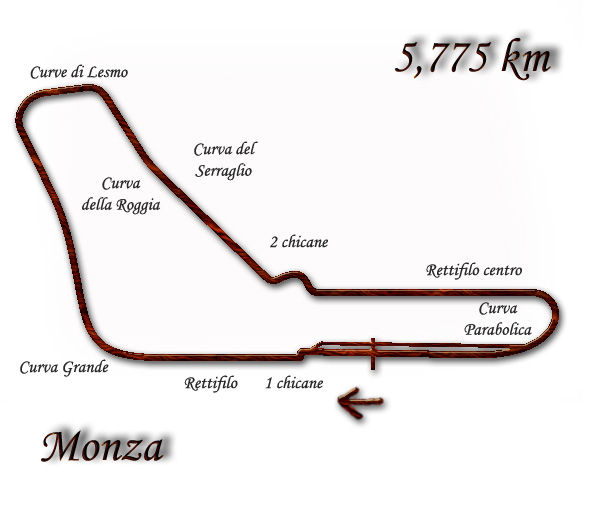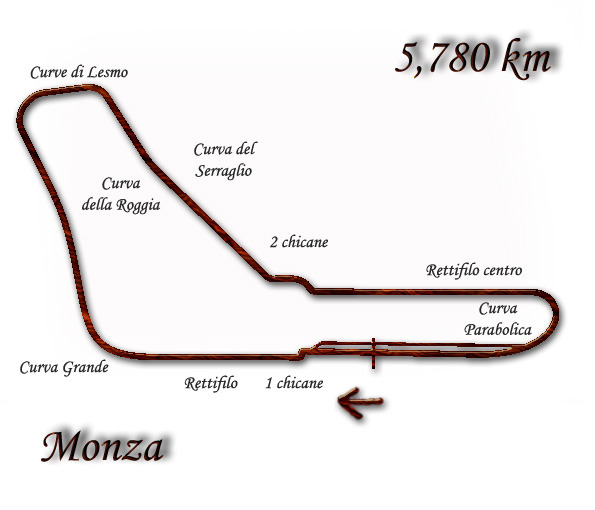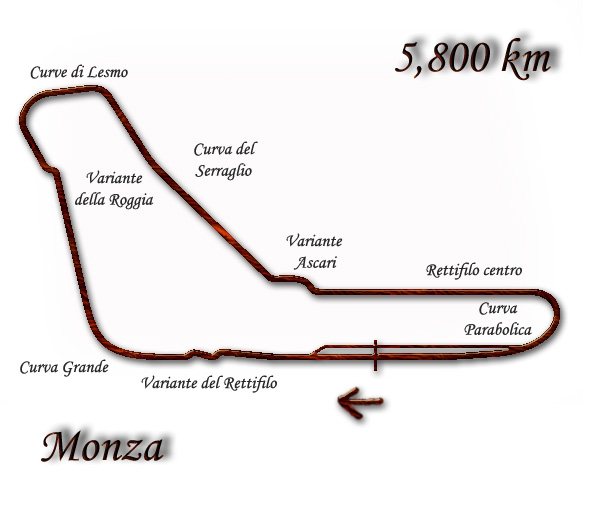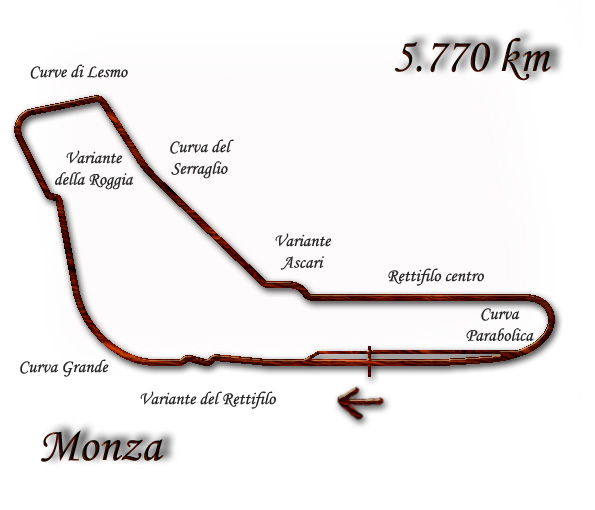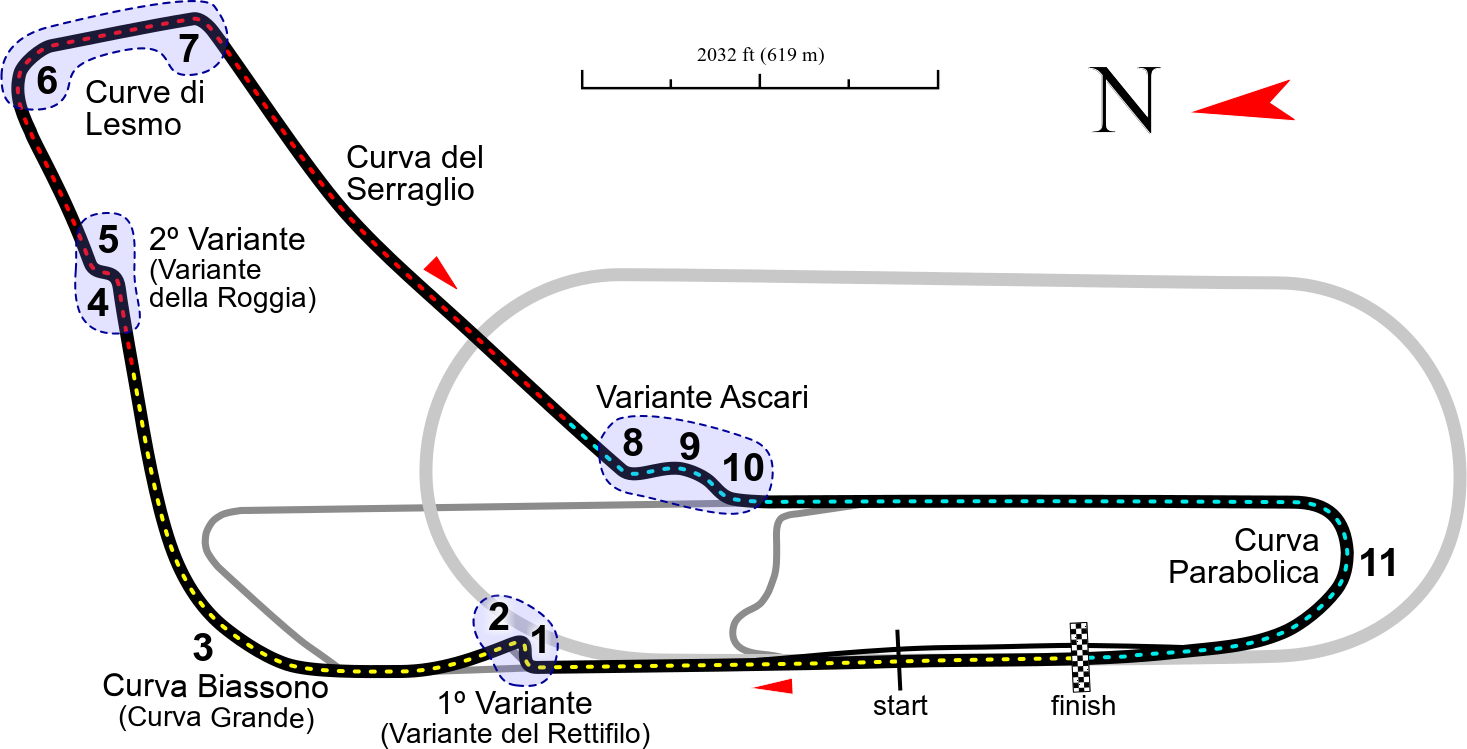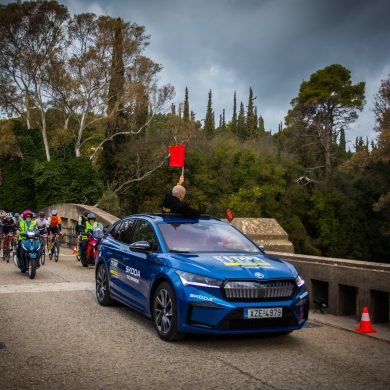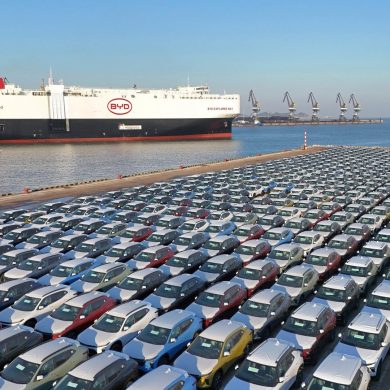
The Monza circuit, officially the "Autodromo Nazionale di Monza", also known as the "Temple of Speed", celebrates a century of "life" this year. It is the third 'special circuit' after Brooklands and Indianapolis and the oldest in Europe. Over the years, Monza has witnessed many great moments in motorsport, both good and bad, as it has hosted a number of races, but also many accidents with, unfortunately, many deaths and even more injuries. So let's look at the history of the iconic track from 1922 to the present day.
From construction to the end of the Second World War (1922-1948)
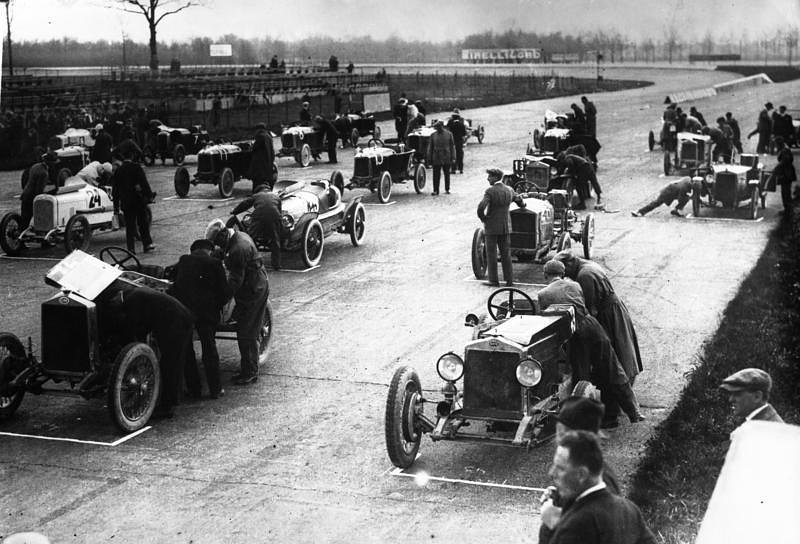
The initial construction of Monza began in May 1922 and was completed in July 1922, with the assistance of 3,500 workers. Its construction was financed by the Milan Automobile Club (Automobile Club of Milan), which created the Societa Incremento Automobilismo e Sport (Motor Sport & Sports Support Company), which would take over its operation.
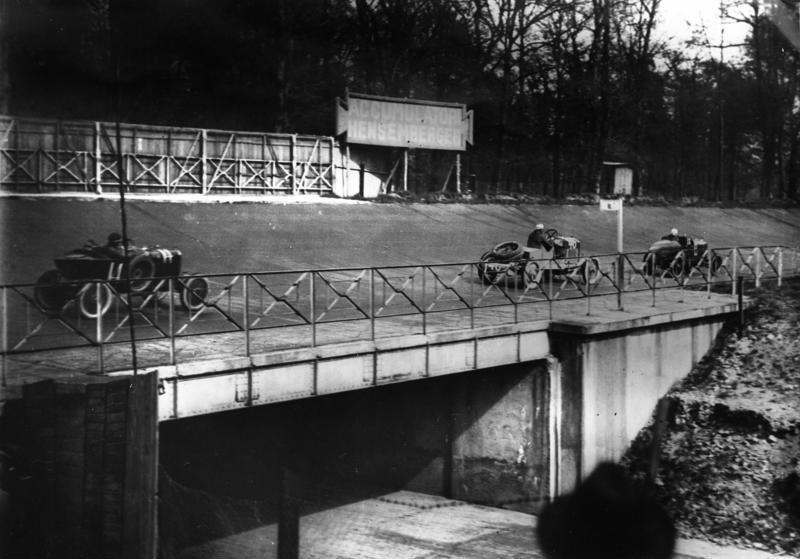
The original layout had a total length of 10 km and consisted of a 5.5 km long asphalt track and a 4.5 km long concrete oval. The official opening took place on 3 September 1922, with the track hosting the Italian Grand Prix a week later, on 10 September 1922. Thus begins the story of Monza in the world history of motorsport. Of course, some accidents that took place in the following years were to tarnish its name for some time.
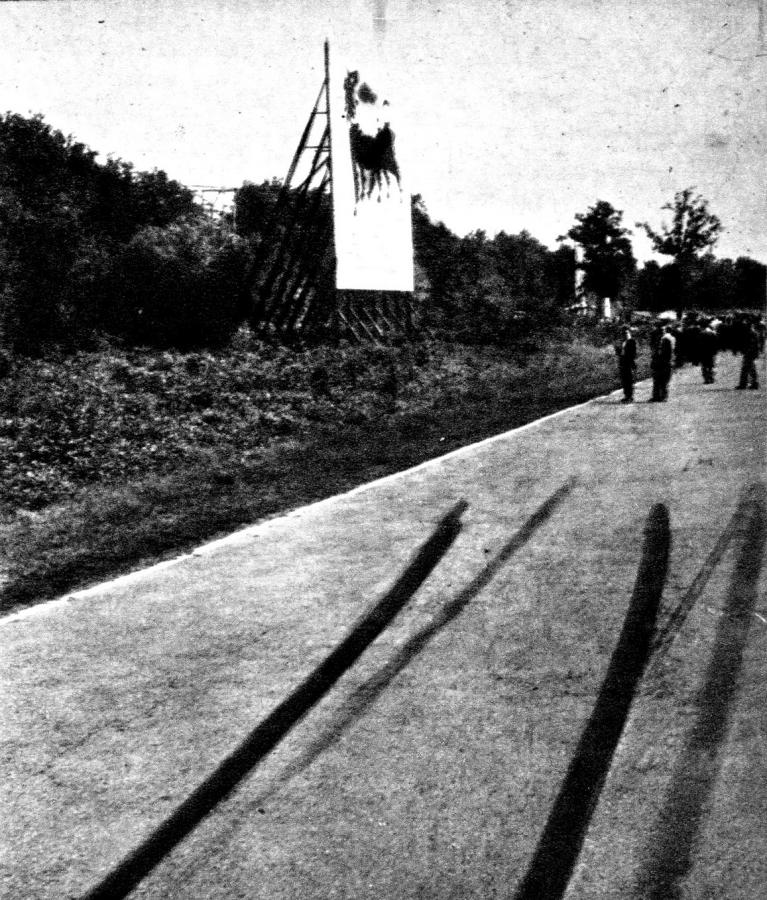
In 1928, the worst accident in the history of Italian motorsport takes place, with the death of Emilio Materassi and 27 other spectators during the 1928 Italian Grand Prix. From 1929 to 1932, the race was held only on the oval section of the circuit. Unfortunately, however, in 1933, in the support race of the Italian Grand Prix, 3 other unfortunate drivers (Giuseppe Campari, Baconin Borzacchini, Stanislaw Czaykowski) died in accidents. From 1934 to 1948, several successive changes and modifications were made to the layout of the circuit in order to eliminate fatal accidents, as shown in the successive photographs below:
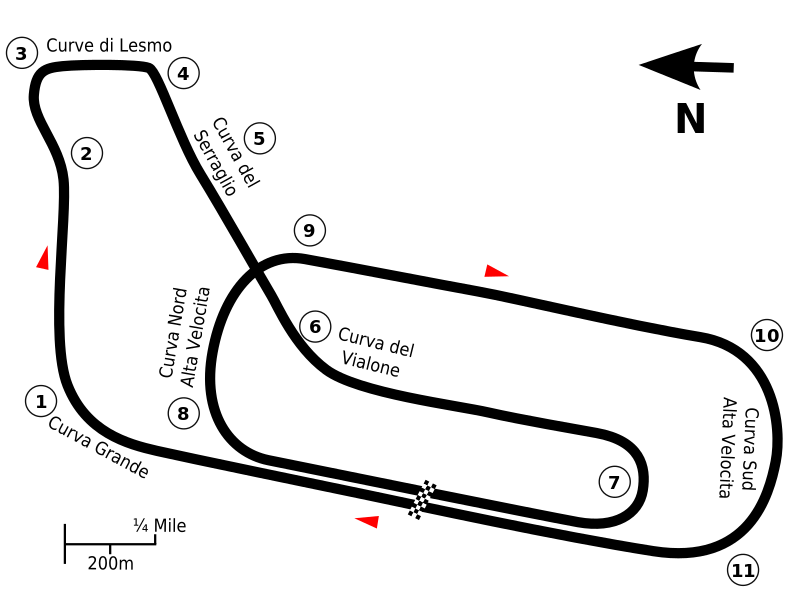
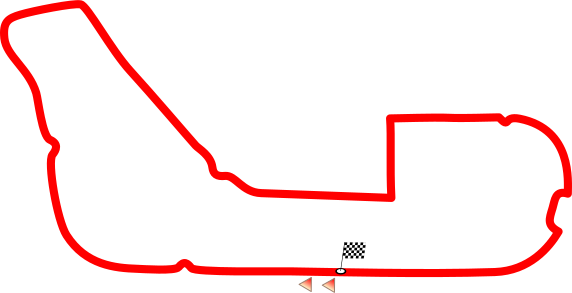
Between 1938 and 1939, the Monza underwent extensive repair and improvement, with the construction of new stands and entrances to the track, the laying of new asphalt, as well as the addition of two corners in the southern part of the track and the removal of the oval ring from the layout used. From 1939 to 1954, the layout for the Grand Prix was 6.3 kilometres long, as shown in the picture below.
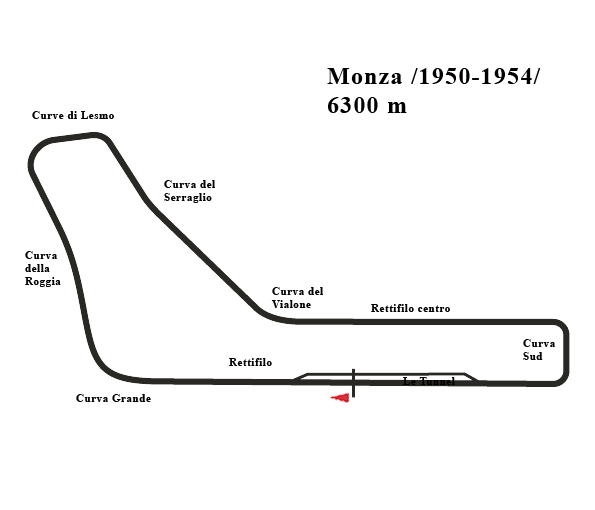
After the end of World War II in 1948, extensive maintenance and repair work was carried out at Monza, from damage caused by both the use of the track by the army and the absence of regular maintenance work, in just two months, with the circuit being ready to host the Italian Grand Prix again on 17 October 1948.
Monza in the 50s and 60s
In 1954, work began again in order to change (yes, again) the layout of the track and to make additional infrastructures to better accommodate both spectators and teams. Changes to the track layout followed, which consisted of two separate parts, the main track and the oval, which were 5.75 km and 4.25 km long respectively, with the possibility of being joined together to re-create the 10 km layout, as shown in the photographs.
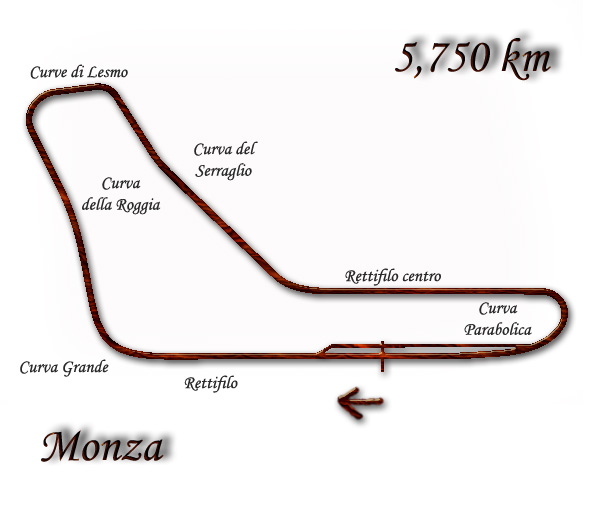
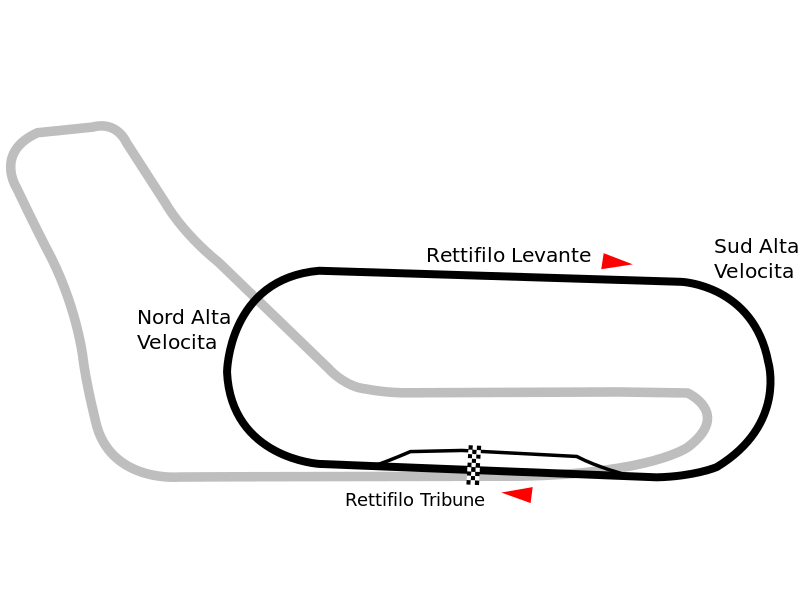
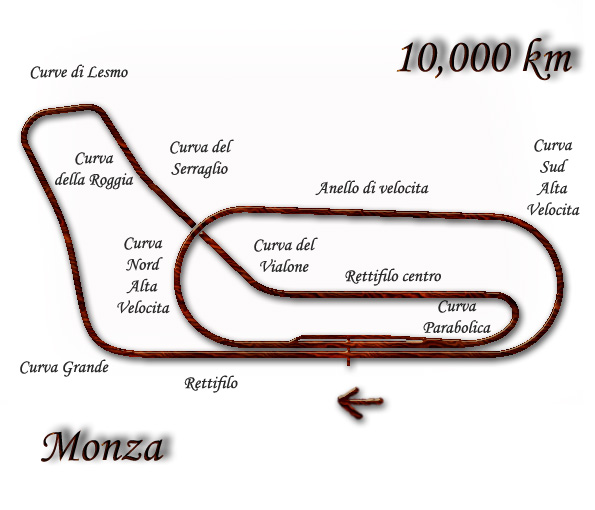
Η Italian Automobile Club organised in June 1957 and June 1958, the "Race Of Two Worlds", where for the first time there was a straight Indycar race between the Indycar cars from the USA and the Formula 1 cars from Europe. The race had a total length of 189 laps or 800 km, divided into 3 heat-races of 63 laps each. It is worth noting that the bumpy oval section of the track created a lot of difficulties for the European racers, resulting in this race being won by Indycar in both years.
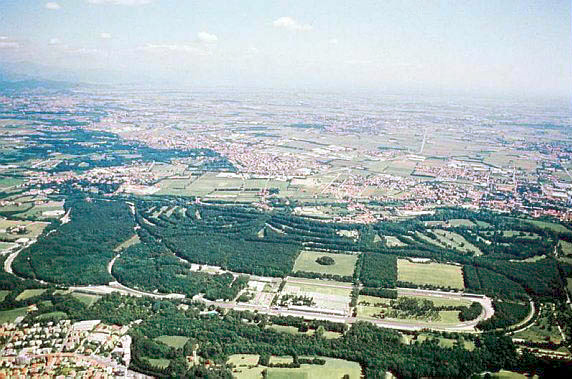
The FIA chose the 10-kilometre layout for the years 1955, 1956, 1960 and 1961 in the context of Formula 1, with Stirling Moss and Phil Hill (who became the first American driver to win a Formula 1 Grand Prix) on the first step of the podium. However, another accident in 1961 took place on the Monza circuit.
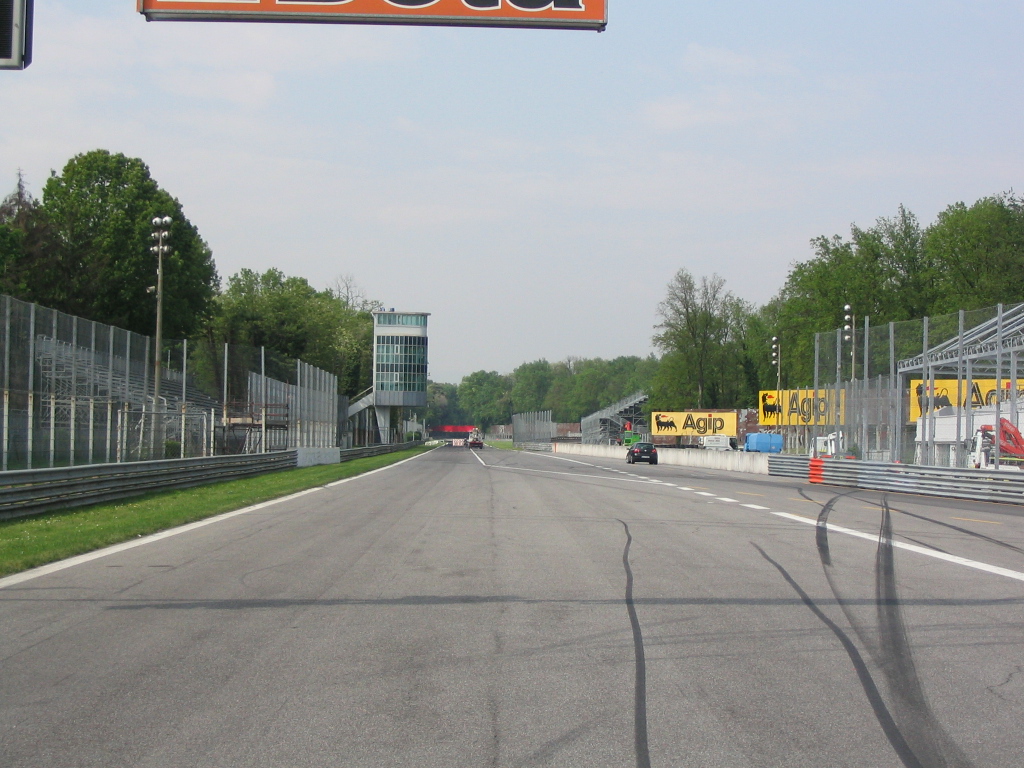
When Wolfgang von Trips' car collided with Jim Clark's Lotus, Trips' car was thrown towards the spectators' stand, killing him and 15 spectators. Although the incident did not take place on the Monza oval ring, Formula 1 was restricted to the asphalt circuit, with the oval making its final appearance in the Grand Prix film. After the 1966 Grand Prix and another accident during the "1000 km Of Monza" race in 1968, two additional chicane additions were made to reduce the speed of the racing cars.
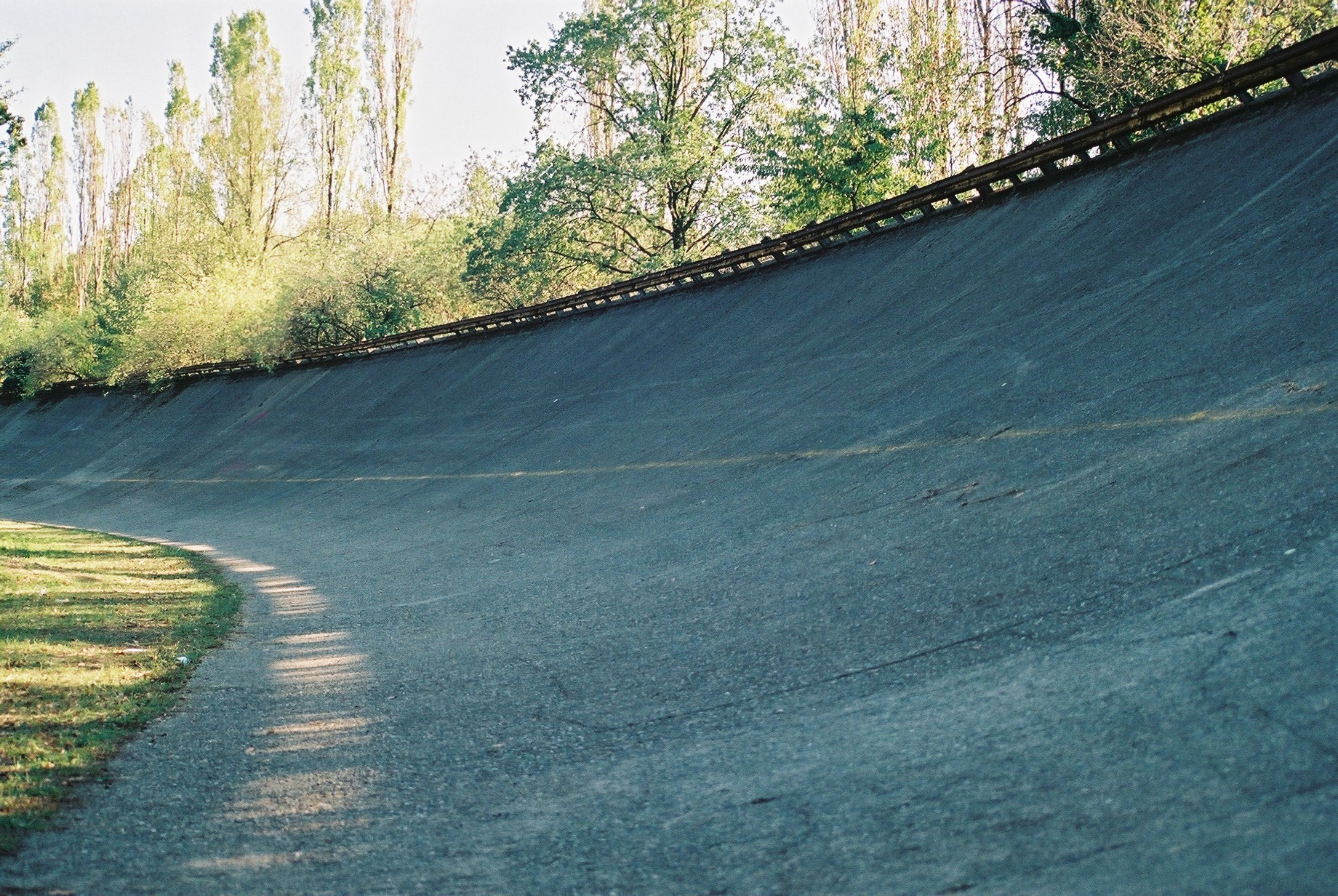
In 1969, the familiar banking of the oval was used for one last time in the "1000 km Of Monza" race before it was transferred entirely to the asphalt circuit. It is now used once a year in the "Monza Rally", and in 2021, after more than half a century, it became part of the FIA-organised racing circuit.
From 1970 to today
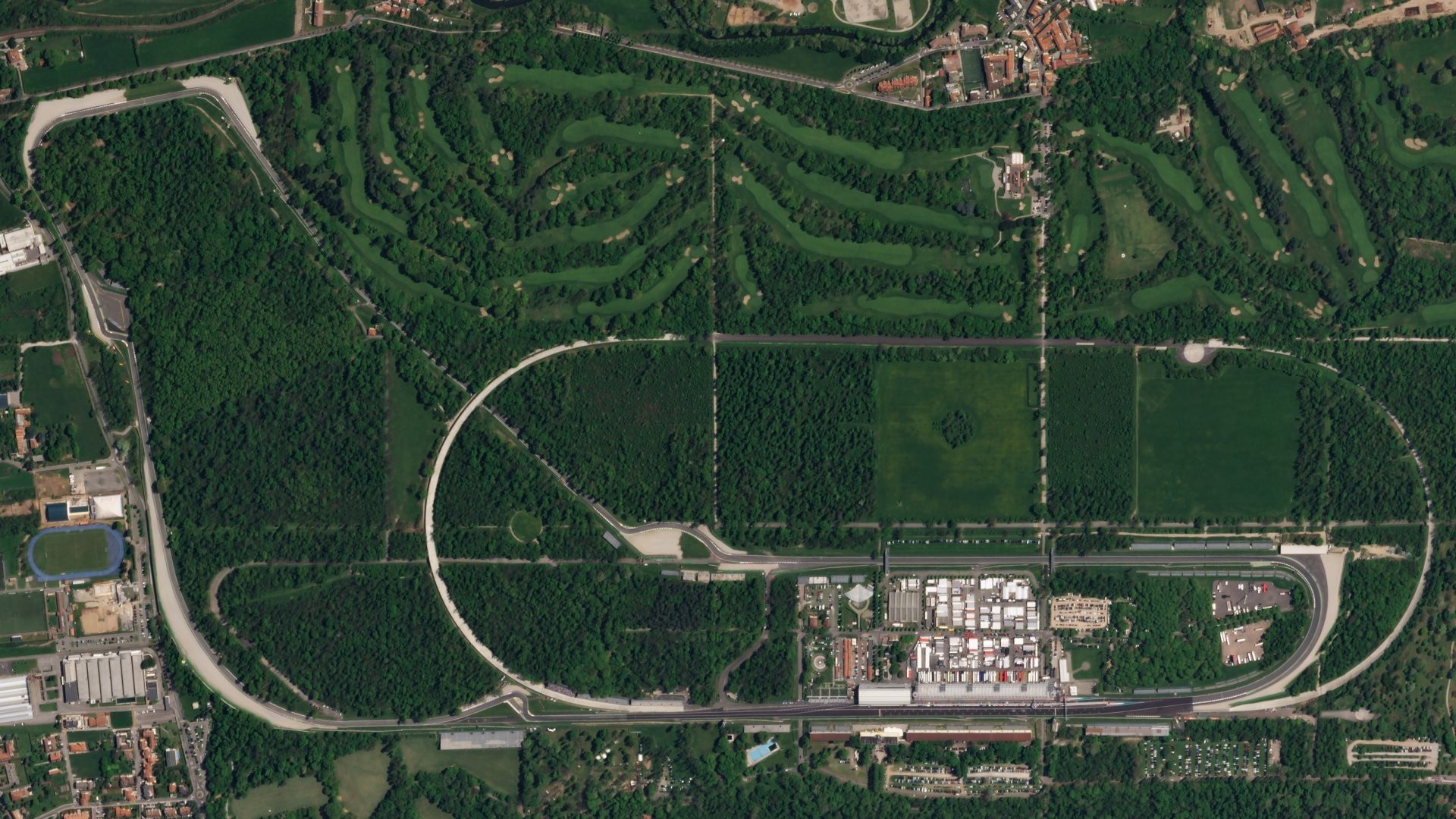
As technology and aerodynamics evolved from the 1970s onwards, but with various reservations and measures to improve safety on the track having been taken since the 1990s and after the deaths of Ayrton Senna and Roland Ratzenberg, the Monza was again subjected to repeated changes in its layout in order to come to the shape it has today. Below, we illustrate the successive changes to the circuit's layout from 1972 to its final layout today (which has remained the same since 2000):
